Magazines, Seduction or Substance
The Pulse of Times
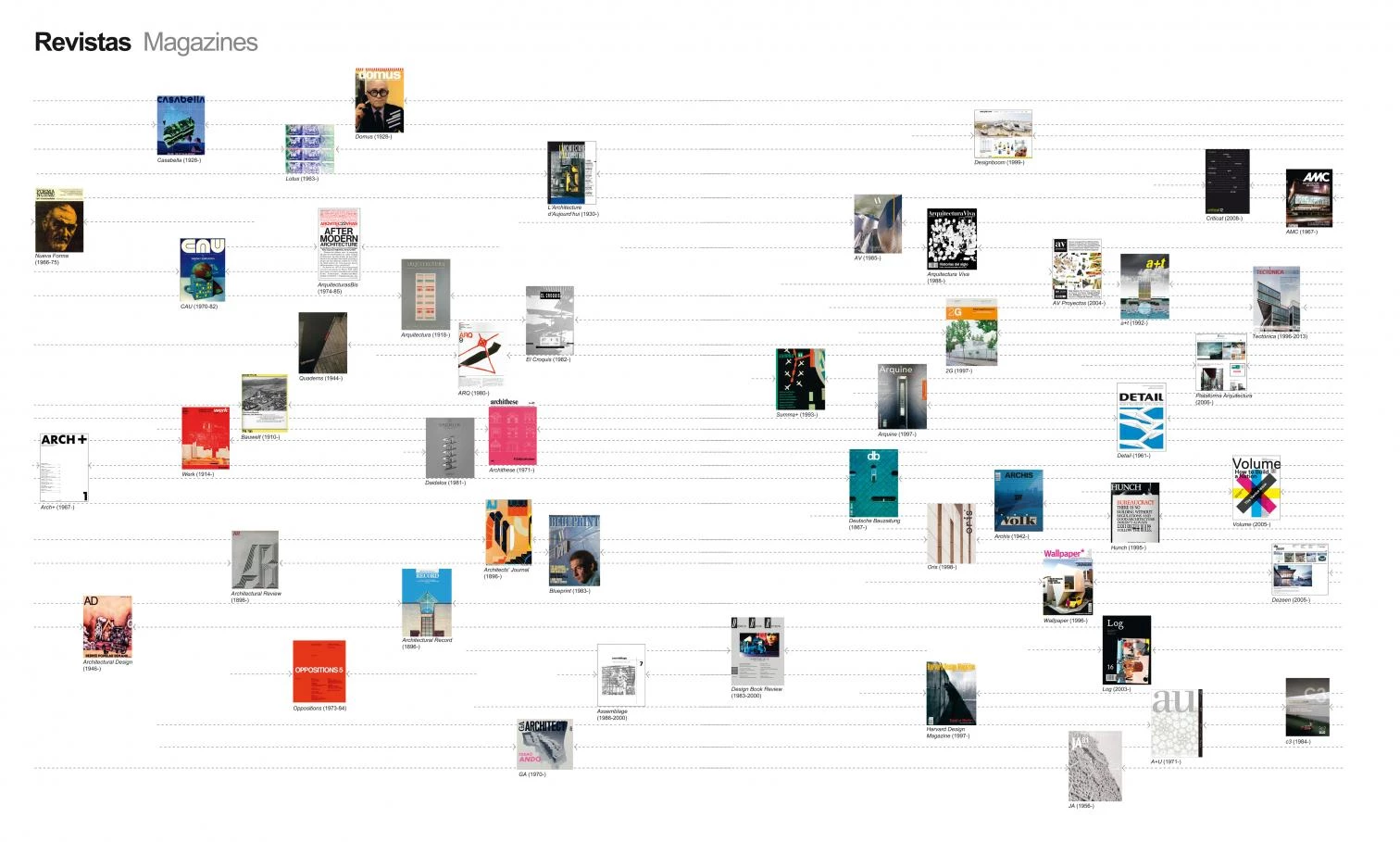
Periodical publications aspire to ride the tide of events, but this is an impossible endeavor as they barely manage to register the pulse of the times. Unable, like Heraclitus, to halt the flow of life and forced, like Sisyphus, to lift the weight of the present, repeatedly rolling the rock up to the mountaintop, day after day, month after month, year after year, publications with commitments to fulfill with subscribers, newsstands, or bookstores – not to mention the digital versions, where news and information items are a continuous torrent – would like to last forever, when their very nature makes them ephemeral and perishable. Only the mastheads they brandish last, sometimes for decades, but in others they fade away after a few issues. But though they perish, publications form public opinion, help spread ideas or languages, and are a record or chronicle of the passage of time, accumulating pages like geological layers in which to find and date architectural fossils.
Because our magazine is part of this editorial landscape, and with a director who has written in the press for many years, it is hard to avoid the subjectivity of preferences, let alone limit the list to the conventional figure of fifty. Notwithstanding, and in full awareness of the list’s oversights and distorsions, we have come up with an enumeration which, as can be seen, puts half of the mastheads on the commencement line, as they already existed at the date of the start of the narrative, and dots the timeline with new titles worth highlighting. The result is unsatisfactory; a more thorough documentation effort would be needed, as a mere impressionist presentation of mastheads leaves out essential elements of analysis; but the new generation of historians, which has paid close attention to architectural media in the first two-thirds of the 20th century, is already beginning to concoct a provisional account of the more recent past.
In the zoo of magazines live animals of many sizes. Between the major professional magazines, belonging to large publishing groups and financed with plenty of advertising, and the precarious academic journals, there are publications of immense variety, not only in dimensions but also in purpose. It is traditional to distinguish between magazines of record – documenting goings-on in architecture – and tendency magazines – which foster certain ideas, architects, or aesthetic postulates – but it is also important to differentiate large-format, lavishly illustrated publications from book-size journals where text lords over few images and where ideology is patent, which are often tied to universities or institutions. Having said this, the different geographic or linguistic areas have their own traditions, which promotes or hampers the circulation of magazines, and thus their participation in the global debate.
Within the historically very active Italian scene, but with significant international reach, the veterans Domus and Casabella, both founded in 1928, deservedly maintain a central position, accompanied by Abitare, created in 1961, the more theoretical Lotus, and the digital designboom, which is a genuine global medium. Domus, founded by Gio Ponti, has had directors like Alessandro Mendini, Vittorio Magnago Lampugnani, and Deyan Sudjic; Casabella, for its part, which in its early years was directed by Giuseppe Pagano and Edoardo Persico, had a golden age with Ernesto Nathan Rogers, and has in the last decades stayed well afloat under Vittorio Gregotti and Francesco Dal Co.

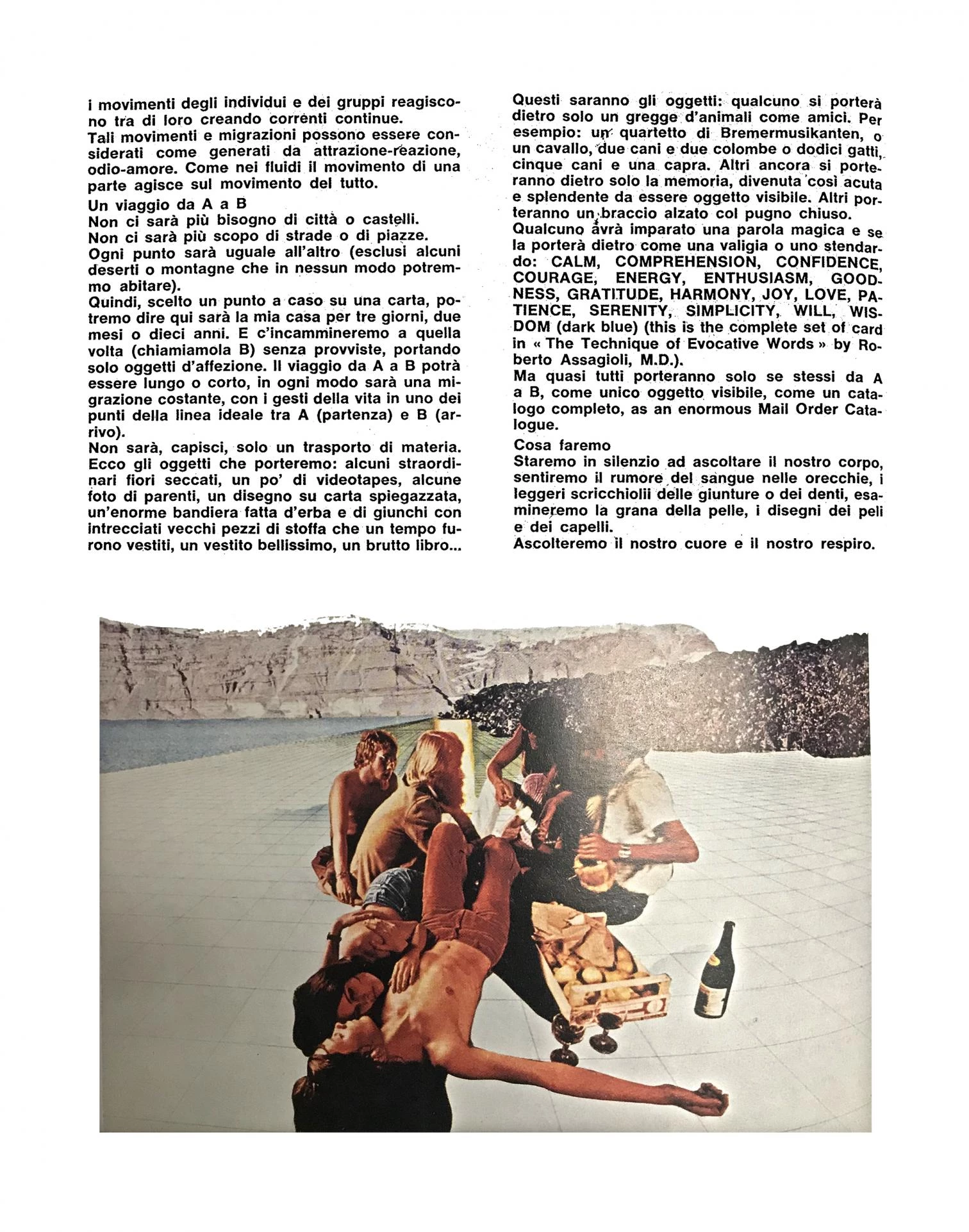
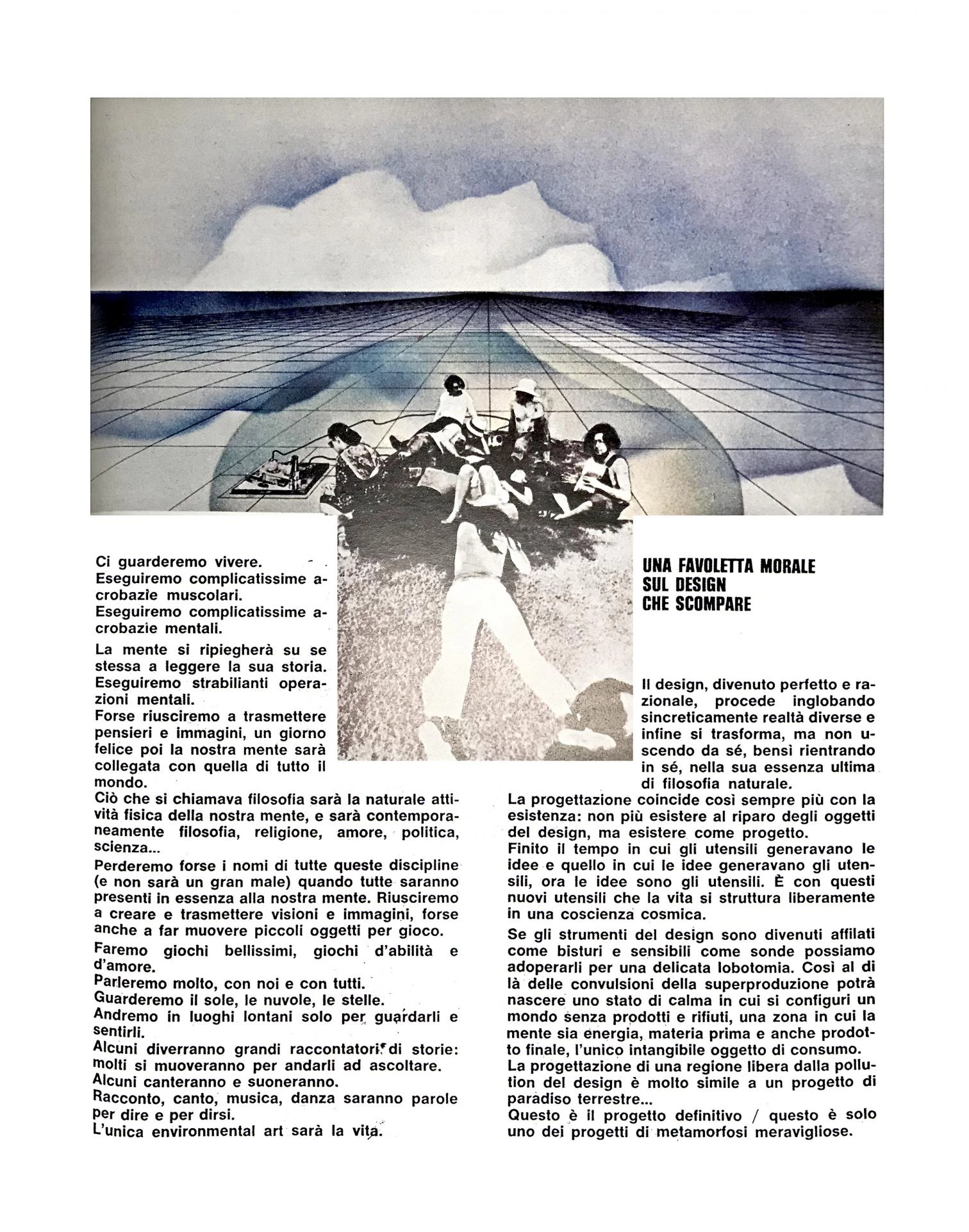
The cover of Casabella in 1996 contrasts with two of its pages in 1972.


In France, the mythical L’Architecture d’Aujourd’hui (founded by André Block with the support of Le Corbusier and steered from 1987 to 1994 by François Chaslin) has been international since its inception in 1930, and continues in print after a pause of several years, in a panorama covered since 1967 by AMC, of the group Le Moniteur, which has a more national reach, and where the critical sting can be found in the small Criticat, whose driving spirit is Françoise Fromonot.

The French L'Architecture d'Aujourd'hui, here with a1987 cover, the Italian Domus and the British Architectural Review are all influential international magazines.
Longer is the list in Spain, where the decline of erstwhile important magazines published by architecture institutes (Arquitectura, Quaderns, CAU) went parallel with the rise of independent initiatives, such as El Croquis, founded in 1982, and the three magazines of the AV/Arquitectura Viva group, created in 1985, which took over from the influential Nueva Forma, closed down in 1975, and ArquitecturasBis, discontinued in 1985. Bilingual and international, Spanish magazines remain much present in Latin America, which has its own organs, such as Arquine in Mexico, Escala in Colombia, Summa in Argentina, Projeto in Brazil, or ARQ in Chile, a country which happens to be home to the most widely followed ditigal publication, Plataforma Arquitectura.
Elsewhere in Europe, surely we must highlight the highly competent German magazines, from the weekly Bauwelt to Baumeister, Detail, or db-Deutsche Bauzeitung (founded in 1867!), and include the more conceptual Daidalos and Arch+; the refined Swiss publications, led by Werk Bauen + Wohnen and Archithese; the experimental Dutch magazines Archis, Hunch, and Volume; the Balkan Oris; and the ever stimulating British scene, from the Architectural Review/AJ group, founded in 1896 – which has had editors like Nikolaus Pevsner, Colin Rowe, Kenneth Frampton, and Peter Buchanan, and which Peter Davey directed from 1980 to 2005 – to the irregular Architectural Design – which, founded in 1930, was brilliantly run by Monica Pidgeon from 1946 to 1975, to later become, with Andreas Papadakis and Charles Jencks, the most vocal advocate of postmodernism –, and including the design-oriented Blueprint and Wallpaper as well as the bubbly digital Dezeen.
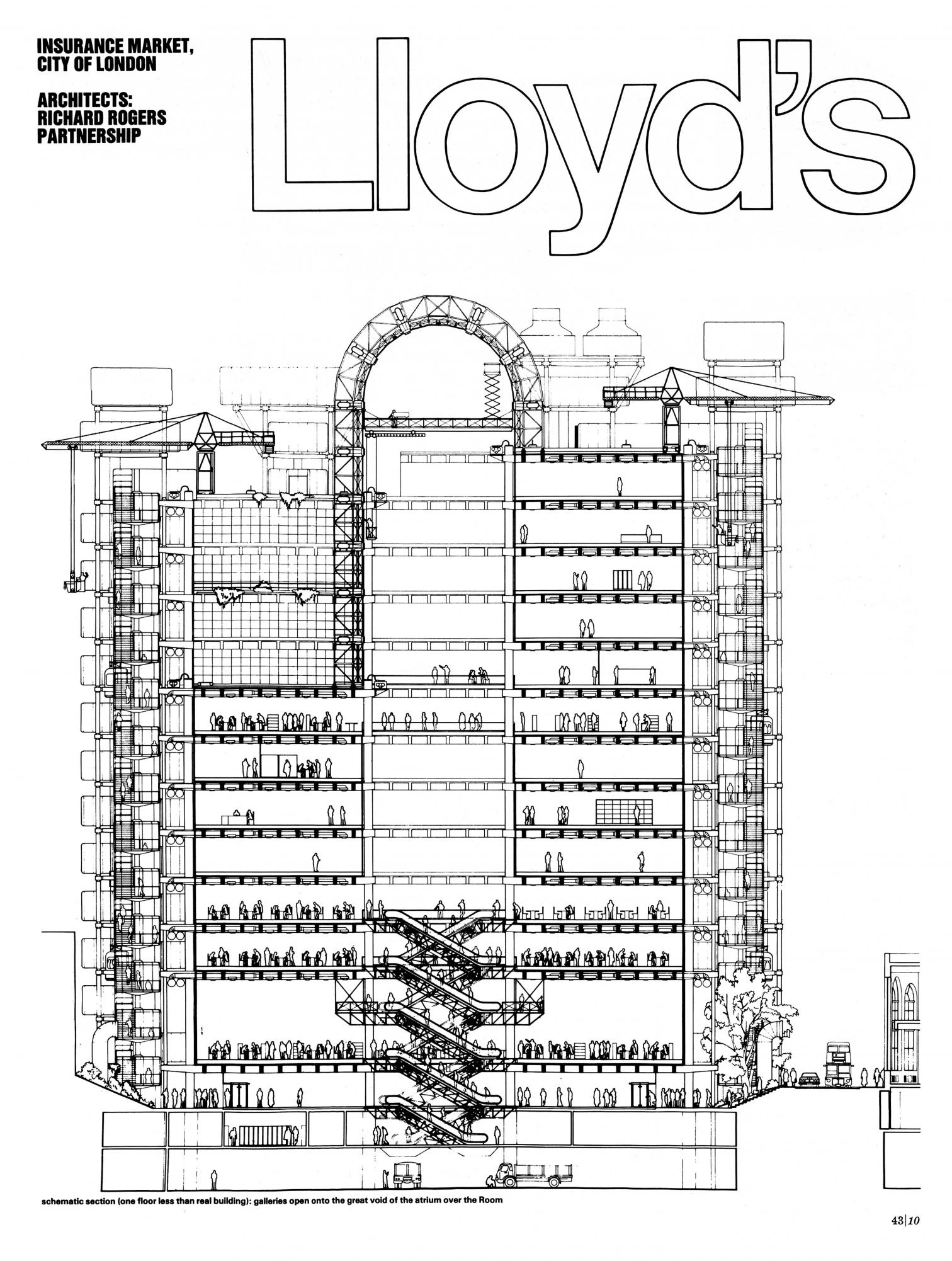

On the other side of the Atlantic but within the English-speaking world, the United States has two major commercial magazines, Architectural Record, founded in 1891, and Architecture (renamed Architect in 2006, and into which Progressive Architecture was absorbed in 1995), and a distinguished series of critical or institutional publications that have been intellectually influential at different times: Oppositions, Assemblage, Design Book Review, Perspecta, Harvard Design Magazine, or Log. And to complete this very sketchy panorama, we will mention the Japanese magazines GA, Japan Architect, and a+u, which share photographic and printing excellence, although only the latter can be said to have a truly international impact today, while the South Korean C3 is extraordinarily agile in keeping abreast of world developments.
Though for obvious reasons the list does not include newspapers, as the graphic spread has been composed with magazine covers and digital scrolls, architectural criticism in them merits some final remarks. In this terrain it is easy to spot some references, but others escape our grasp like water through fingers. Bruno Zevi wrote for almost half a century, until his death in 2000, in the weekly L’Expresso, but in the same period he also directed the monthly magazine he founded, L’architettura – cronache e historia, and there are few cases of similar continuity. In the Italian field, Fulvio Irace has since 1985 written in Il Sole 24 ore, but I suspect the country has such influential magazines that the cultural debate of architecture takes place in them. In Germany, Manfred Sack also wrote for 45 years (1959-2004) in the weekly Die Zeit, although the circulation of German-language media is probably local. In France, François Chaslin covered current architecture in Le Monde, as does now Frédéric Edelmann, and Chaslin also had the unique experience of running a weekly radio program for thirteen years.
The Anglo-Saxon world, perhaps because of the universal use of English, seems more accessible and perhaps easier to find one’s way in. The Guardian had Jonathan Glancey for five years and now we read with pleasure articles by the young Oliver Wainwright, but the British scene is so well furnished with talent that many writers get to work globally for numerous media. In the United States, The New York Times had a succession of critics as eminent as Ada Louise Huxtable, Paul Goldberger, or Herbert Muschamp – who would prolong their careers in The Wall Street Journal, The New Yorker, and Vanity Fair – but surely also worth mentioning is the abrasive Michael Sorkin’s decade in The Village Voice or Martin Filler’s now thirty years of contributions in The New York Review of Books, where his knowledge and good judgment come together in fine prose.
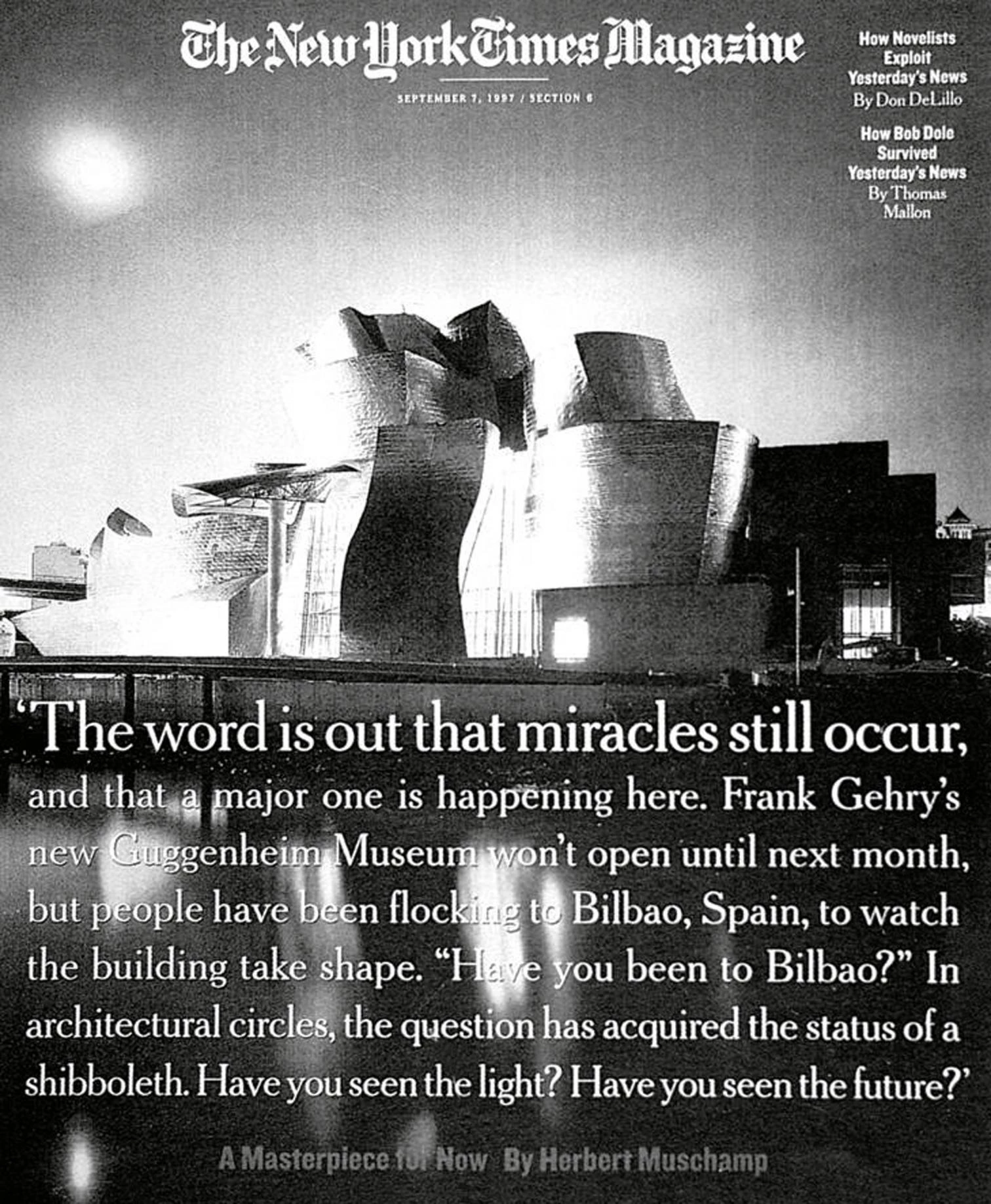
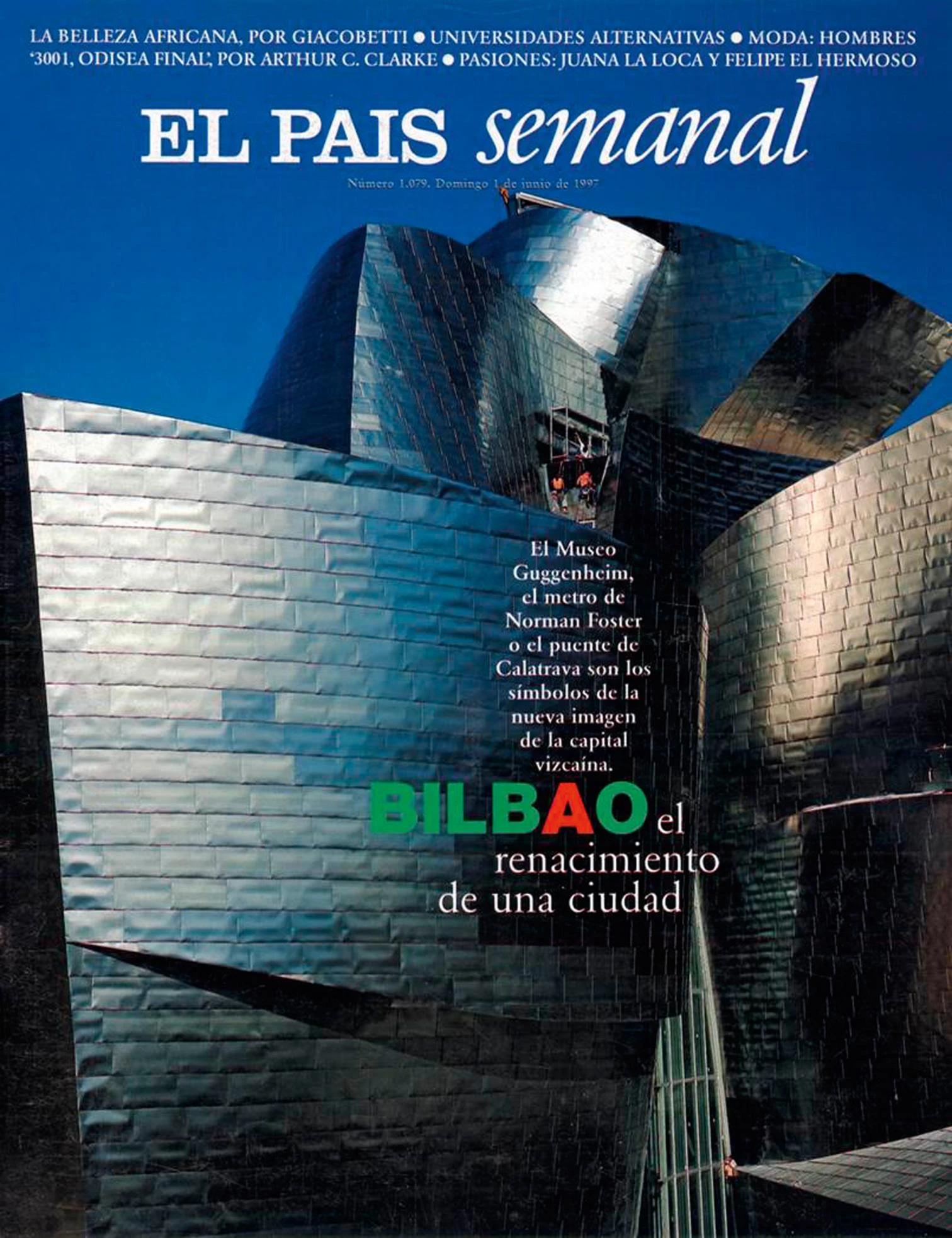

The Guggenheim Bilbao, featured on covers and pages of the NYT and El País, and 9/11, as shown in The Guardian, The New Yorker, and Arquitectura Viva, had an architectural dimension that was also civic and political.



In Spain, I myself for fourteen years – with the intelligent and perceptive help of the journalist Vicente Verdú – wrote a weekly architecture page in the daily El País, which in its Catalan edition also regularly ran articles by Oriol Bohigas or Josep Maria Montaner. In Catalonia, too, the journalist Llàtzer Moix has for two decades covered architectural goings-on in La Vanguardia, and other Spanish newspapers and general-audience magazines regularly pay attention to architecture, albeit with emphasis increasingly shifting towards style and decoration, if not to the urbanistic or heritage controversies of some city or another, so much that the critiques of culture pages end up being transferred to real estate supplements, interior design sections, or local information. However much we are dragged by the flow of events, traces remain in newspapers, and perhaps more permanent ones in magazines where we pretend to freeze time.

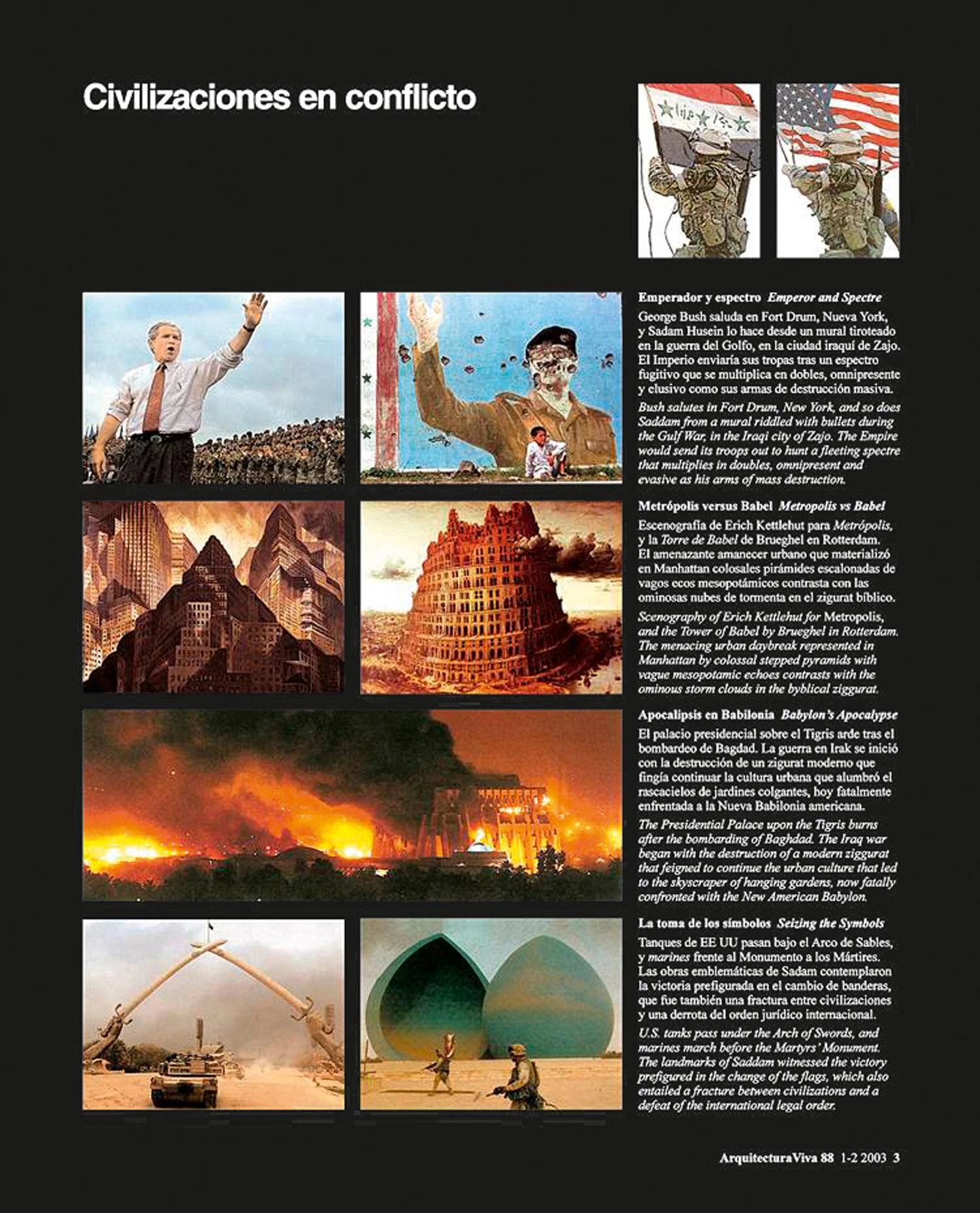
1967-2017
Cincuenta revistas

Deutsche Bauzeitung (1867-)
The Architects’ Journal (1896-)
Architectural Record (1896-)
The Architectural Review (1896-)
Bauwelt (1910-)
Werk Bauen + Wohnen (1914-)
Arquitectura (1918-)
Domus (1928-)
Casabella (1928-)
L’Architecture d’Aujourd’hui (1930-)
Archis (1942-)
Quaderns (1944-)
Architectural Design (1946-)
JA (1956-)
Detail (1961-)
Lotus (1963-)
Nueva Forma (1966-75)
Arch+ (1967-)
AMC (1967-)
CAU (1970-82)
GA (1970-)
Archithese (1971-)
A+U (1971-)
Oppositions (1973-84)
ArquitecturasBis (1974-85)
ARQ (1980-)
Daidalos (1981-)
El Croquis (1982-)
Design Book Review (1983-2000)
Blueprint (1983-)
C3 (1984-)
AV (1985-)
Assemblage (1986-2000)
Arquitectura Viva (1988-)
a+t (1992-)
Summa+ (1993-)
Hunch (1995-)
Tectónica (1996-2013)
Wallpaper (1996-)
2G (1997-)
Arquine (1997-)
Harvard Design Magazine (1997-)
Oris (1998-)
Designboom (1999-)
Log (2003-)
AV Proyectos (2004-)
Volume (2005-)
Dezeen (2005-)
Plataforma Arquitectura (2006-)
Criticat (2008-)





